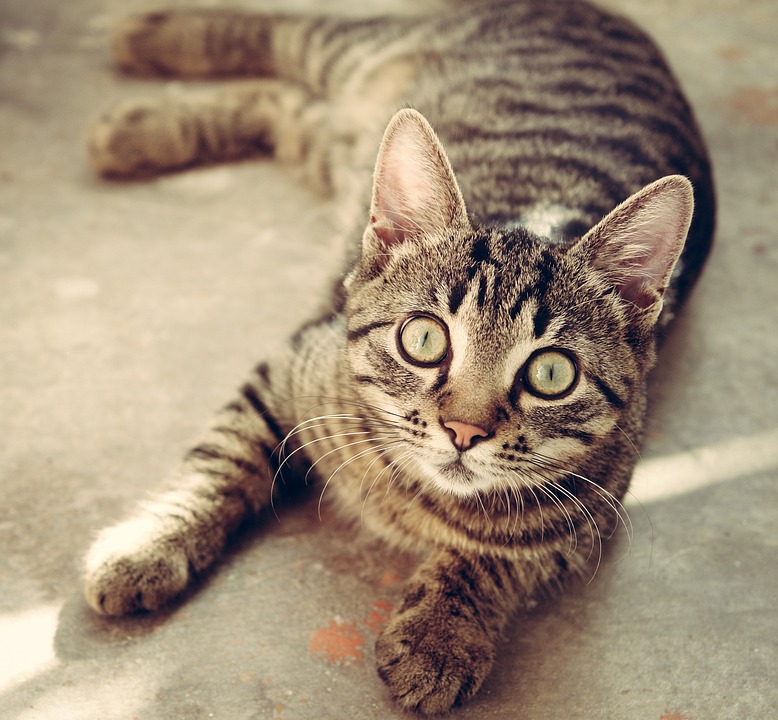Welcome to our blog, where we delve into the fascinating world of cats and their behavior. In this article, we will explore the phenomenon of a cat tucking its tail between its legs. We will uncover the reasons behind this behavior, its potential implications, and provide expert insights to help you better understand your feline companion.
I. The Tail Tucked Between Legs: A Window into Cat Behavior
A. The Basics: What does a tail tucked between legs mean?
When a cat tucks its tail between its legs, it is often a sign of fear, anxiety, or stress. It is a way for cats to protect their vulnerable tail and genitals from potential threats.
B. The Importance of Observing Body Language
Understanding a cat’s body language is crucial in deciphering their emotions and intentions. Tail position is just one aspect of their communication, along with ear position, facial expressions, and body posture.
C. Common Triggers for Tail Tucking
Various triggers can cause a cat to tuck its tail between its legs. These can include loud noises, unfamiliar environments, new people or animals, and traumatic experiences.
D. Identifying the Different Types of Tail Tucking
There are different types of tail tucking, each with its own meaning. For example, a cat with a slightly tucked tail may be mildly anxious, while a cat with a tightly tucked tail may be extremely fearful or stressed.
II. Decoding Tail Tucking: Insights into Feline Psychology
A. Fear and Anxiety: A Common Culprit
Fear and anxiety are often the primary reasons for tail tucking in cats. It could be triggered by a specific event or a general feeling of unease in their environment.
B. Submission and Subservience: A Sign of Respect
In some cases, a cat may tuck its tail between its legs as a submissive gesture. This behavior is often seen when a cat is interacting with a dominant individual, such as another cat or even a human.
C. Pain and Discomfort: A Cry for Help
Tail tucking can also be a sign of physical pain or discomfort. Cats may tuck their tails if they are injured or experiencing discomfort in their tail or lower back area.
D. Aggression and Defensive Posturing: A Warning Sign
In rare cases, tail tucking can be a defensive behavior exhibited by an aggressive or territorial cat. It serves as a warning to potential threats to stay away.
III. Addressing Tail Tucking: How to Respond as a Cat Owner
A. Creating a Safe and Comfortable Environment
Ensuring that your cat feels safe and secure in its environment is crucial. Provide hiding places, vertical spaces, and a routine that promotes a sense of stability.
B. Recognizing Stressors and Minimizing Anxiety
Identify and minimize potential stressors in your cat’s environment. This can include introducing new stimuli gradually, using pheromone diffusers, and providing a consistent routine.
C. Providing Reassurance and Affection
Offering reassurance and affection can help alleviate anxiety in cats. However, be mindful of their body language and give them space if they show signs of discomfort.
D. Seeking Veterinary Assistance When Necessary
If your cat’s tail tucking behavior persists or is accompanied by other concerning symptoms, it is important to consult with a veterinarian. They can rule out any underlying medical issues that may be contributing to the behavior.
Conclusion:
Understanding tail tucking in cats is an important step towards deciphering their complex behavior. By paying attention to your cat’s body language and responding appropriately, you can help create a safe and stress-free environment for your feline friend. Remember, if you have any concerns about your cat’s behavior or health, consulting with a veterinarian is always recommended. Stay tuned for more insightful articles on our blog, where we explore various aspects of feline behavior and offer expert advice.








